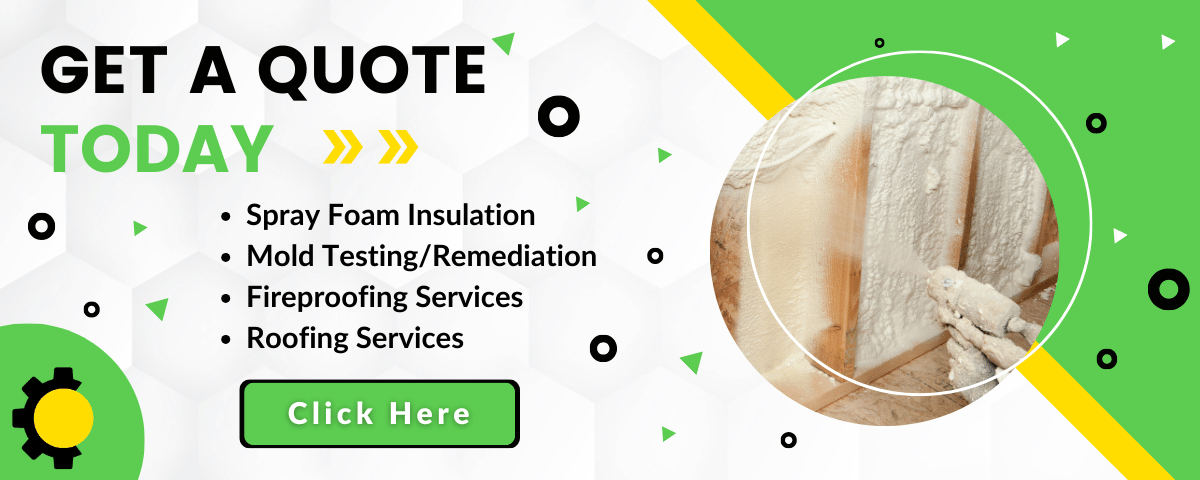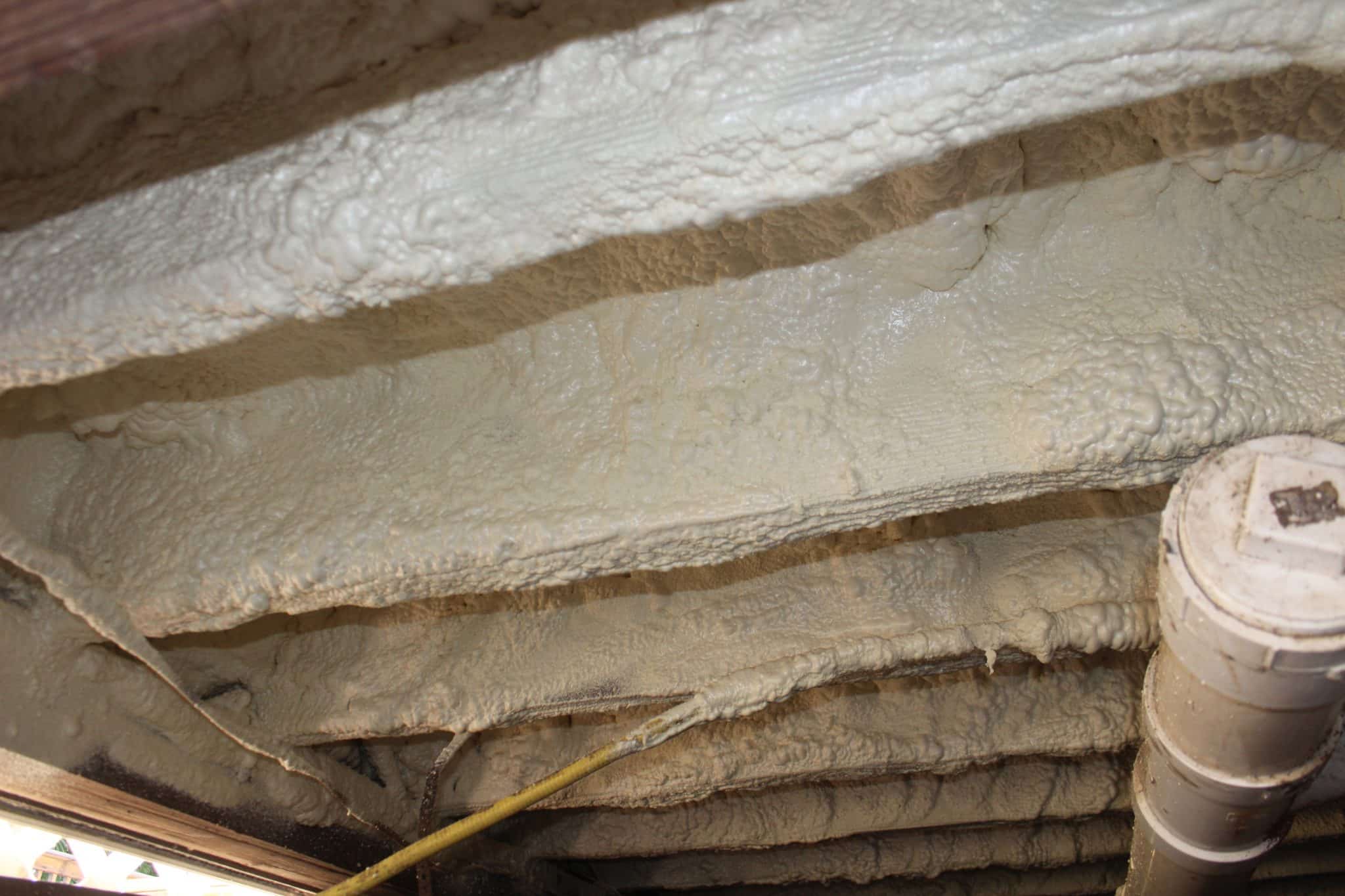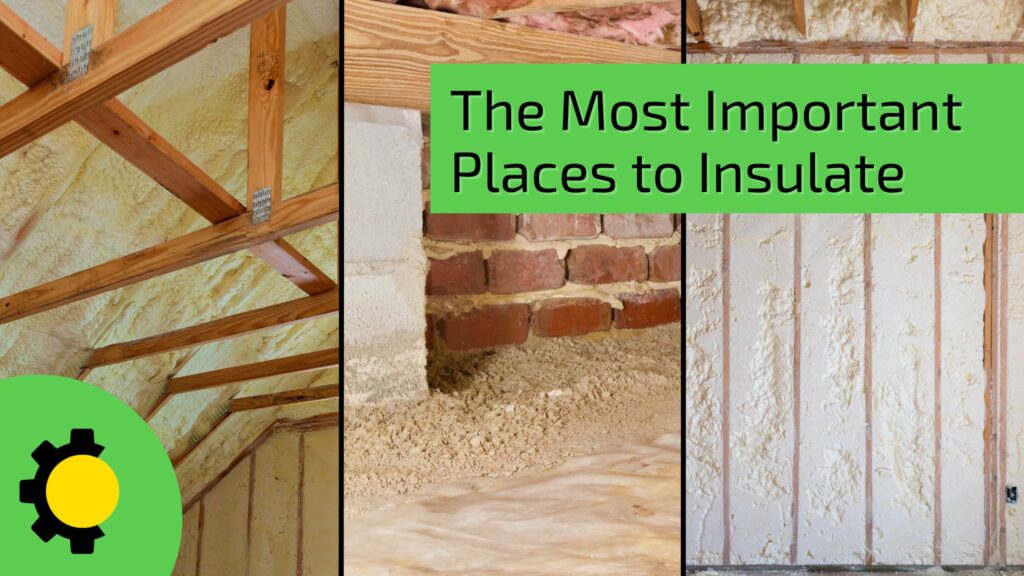Thinking about adding spray foam insulation to your home but unsure where to begin? Whether you’re considering insulating your entire home or just targeting specific areas, it’s crucial to know where to start for the best results. Common areas to insulate include the attic, walls, and crawl space. But which one should you prioritize?
You might already have some insulation in parts of your home, but maybe your attic, walls, or crawl space still need attention. Focusing on insulating these areas can provide significant benefits and are well worth the cost of spray foam insulation. With years of experience insulating homes throughout Southern Louisiana, Sunlight Contractors understands which areas offer the most effective solutions for making your home more comfortable and energy-efficient. Let’s explore the key areas in your home that would benefit most from foam insulation and understand the reasons why.
Top Areas to Insulate in Your Home
Insulating your attic, walls, and crawl space are some of the most impactful upgrades you can make to improve your home’s energy efficiency. While a fully insulated home delivers maximum benefits, each specific area provides unique advantages. Here’s a closer look at the benefits of insulating these three critical areas:

Attic Insulation
If your attic has little or no insulation, a significant amount of your home’s heat is likely escaping through the roof. The principle that “heat rises” is particularly relevant here; without proper attic insulation, your home can lose a substantial amount of heat during the winter months. Think of it like going outside in the cold without wearing a hat—your body loses heat much faster.
Of course, in the hotter months, the heat of the sun pounding down on your roof can heat up your attic. And although heat generally rises, some of that heat will inevitably leak into your home.
Insulating the attic with spray foam insulation is an effective way to make your home more energy-efficient. By doing so, you can prevent treated air from escaping, reducing the need for your furnace or air conditioner to run constantly. A unit that doesn’t have to work as hard translates to significant savings on your monthly energy bills.
Wall Insulation
While many experts advocate for prioritizing attic insulation to boost energy efficiency, it’s also essential to consider comfort within the home. If your walls have little to no insulation, you may experience drafts and cold spots, making your living space less comfortable. Injecting foam insulation into your walls can eliminate these drafts, allowing you to stay warm without needing extra layers at night.
If you’re looking to improve comfort with a smaller upfront investment, insulating your existing walls can offer a significant return. One homeowner shared their experience: before adding wall insulation, their propane costs for the winter were $2,200, but after insulating, the cost dropped dramatically to $624 the following winter.
Additionally, since heat naturally rises, if it can’t escape through a well-insulated attic, it will attempt to exit through the walls. This makes wall insulation crucial even if your attic is already adequately insulated. Foam insulation acts as an air barrier, keeping conditioned air inside and preventing outdoor air from entering.
It’s also worth considering insulation for your basement’s concrete walls. If you want a basement that’s comfortable and free from moisture issues, foam insulation can be highly effective in achieving that goal.

Crawl Space Insulation
When was the last time you comfortably walked barefoot on your wood floors? If your answer involves wearing socks or slippers, your crawl space might be the culprit. A poorly insulated crawl space allows cold air to seep in, which can make your floors uncomfortably cold. More critically, it can also lead to frozen pipes, which are far more troublesome. Both problems can be resolved by installing spray foam insulation in your crawl space and along the rim joist.
Converting your crawl space into a conditioned area offers multiple benefits, from warming up those chilly floors to cutting down on your energy bills each month. While attic insulation enhances energy efficiency and wall insulation boosts comfort, crawl space insulation effectively addresses both concerns.
Insulating your crawl space also helps regulate temperatures throughout your home by keeping your ductwork warm in winter and cool in summer, improving the distribution of heated or cooled air. For example, on a cold day, water from your faucet may take longer to warm up because, although the water heater keeps the water hot, the pipes carrying it are cold. The same issue affects your heating ducts. Spray foam insulation can eliminate this problem, ensuring a more consistent indoor climate.
Conclusion
Deciding where to insulate your home can significantly impact your comfort and energy efficiency. Prioritizing areas like the attic, walls, and crawl space offers a range of benefits, from reducing energy bills to enhancing overall comfort. While addressing your home’s entire building envelope is ideal, focusing on these key areas provides targeted improvements that can make a noticeable difference. Whether you’re looking to keep your home warmer in the winter or cooler in the summer, investing in proper insulation is a smart choice. With the right approach and expertise, such as the knowledge provided by Sunlight Contractors, you can create a more energy-efficient and comfortable living environment tailored to your needs.

